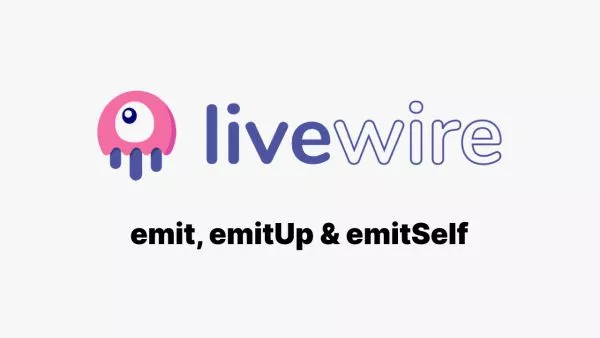- Understanding a JavaScript Runtime Environment
- Components of a JavaScript Runtime Environment
- Popular JavaScript Runtime Environments
- Significance of JavaScript Runtime Environments
JavaScript has long been associated with web browsers, primarily because of its crucial role in making web pages interactive. However, JavaScript's capabilities extend far beyond the browser, thanks to the advent of JavaScript runtime environments (JREs). But what exactly is a JavaScript runtime environment, and why is it essential for modern web development? This article will explore the concept of a JRE, its components, and its importance in the broader context of JavaScript applications.
Understanding a JavaScript Runtime Environment
A JavaScript runtime environment is a platform or ecosystem that provides all the necessary tools and libraries for running JavaScript code outside the browser. This environment includes the JavaScript engine (which executes the code), along with various APIs and functionalities that allow JavaScript to interact with the system it is running on, whether that be a server, desktop application, or another type of platform.
Components of a JavaScript Runtime Environment
-
JavaScript Engine: The core of any JavaScript runtime environment is the JavaScript engine. This engine reads, parses, and executes JavaScript code. Some well-known JavaScript engines include:
- V8: Developed by Google and used in Chrome and Node.js.
- SpiderMonkey: Developed by Mozilla for Firefox.
- Chakra: Developed by Microsoft for Internet Explorer and Edge. No longer in active use or development.
-
APIs and Libraries: Beyond the engine, a JRE provides a set of APIs and libraries that extend the capabilities of JavaScript. These might include:
- File System API: Allows JavaScript to read and write files on the system.
- Network API: Enables JavaScript to make HTTP requests, open WebSocket connections, etc.
-
Timers: Functions like
setTimeoutandsetIntervalfor scheduling tasks. - Process Management: Tools for managing system processes and interacting with the operating system.
-
Event Loop: The event loop is a fundamental component that handles asynchronous operations. It ensures non-blocking execution of JavaScript code, allowing for tasks like I/O operations to run in the background while other code executes.
Popular JavaScript Runtime Environments
-
Node.js: Node.js is the most well-known JavaScript runtime environment outside the browser. Built on the V8 engine, Node.js allows developers to write server-side applications in JavaScript. It comes with a rich set of libraries and a powerful package manager called npm (Node Package Manager).
Key Features:
- Event-Driven: Node.js uses an event-driven, non-blocking I/O model, making it efficient and suitable for real-time applications.
- Single-Threaded: Although single-threaded, Node.js can handle multiple connections concurrently thanks to its event loop.
-
Deno: Created by Ryan Dahl, the original creator of Node.js, Deno is a secure runtime for JavaScript and TypeScript. It addresses some of the security and architectural concerns that exist in Node.js.
Key Features:
- Secure by Default: Deno runs code in a sandbox environment, requiring explicit permissions for file, network, and environment access.
- TypeScript Support: Deno has first-class support for TypeScript out of the box.
-
Browser Runtime: Although typically used within the context of a browser, the browser environment itself is a JRE. Browsers like Chrome, Firefox, and Edge have built-in JavaScript engines (V8, SpiderMonkey, and Chakra, respectively) and provide a set of APIs for DOM manipulation, making network requests, and more.
Significance of JavaScript Runtime Environments
-
Server-Side Development: With environments like Node.js, JavaScript is no longer confined to client-side scripting. It can be used for server-side programming, enabling full-stack JavaScript development. This allows developers to use a single language across the entire application stack, improving productivity and consistency.
-
Cross-Platform Applications: JavaScript runtime environments enable the development of cross-platform applications. For example, Electron uses Node.js and Chromium to build desktop applications with JavaScript, HTML, and CSS.
-
Real-Time Applications: The event-driven nature of JavaScript runtime environments is ideal for real-time applications such as chat applications, online gaming, and live data streaming.
A JavaScript runtime environment is an essential platform that extends the reach of JavaScript beyond the browser. By providing a JavaScript engine, essential APIs, and an event loop, JREs empower developers to build versatile and high-performance applications across various domains. Whether you are developing server-side applications with Node.js, creating secure applications with Deno, or leveraging browser capabilities, understanding and utilizing JavaScript runtime environments is crucial for modern JavaScript development.
Interested in proving your knowledge of this topic? Take the JavaScript Fundamentals certification.
JavaScript Fundamentals
Showcase your knowledge of JavaScript in this exam, featuring questions on the language, syntax and features.
$99



